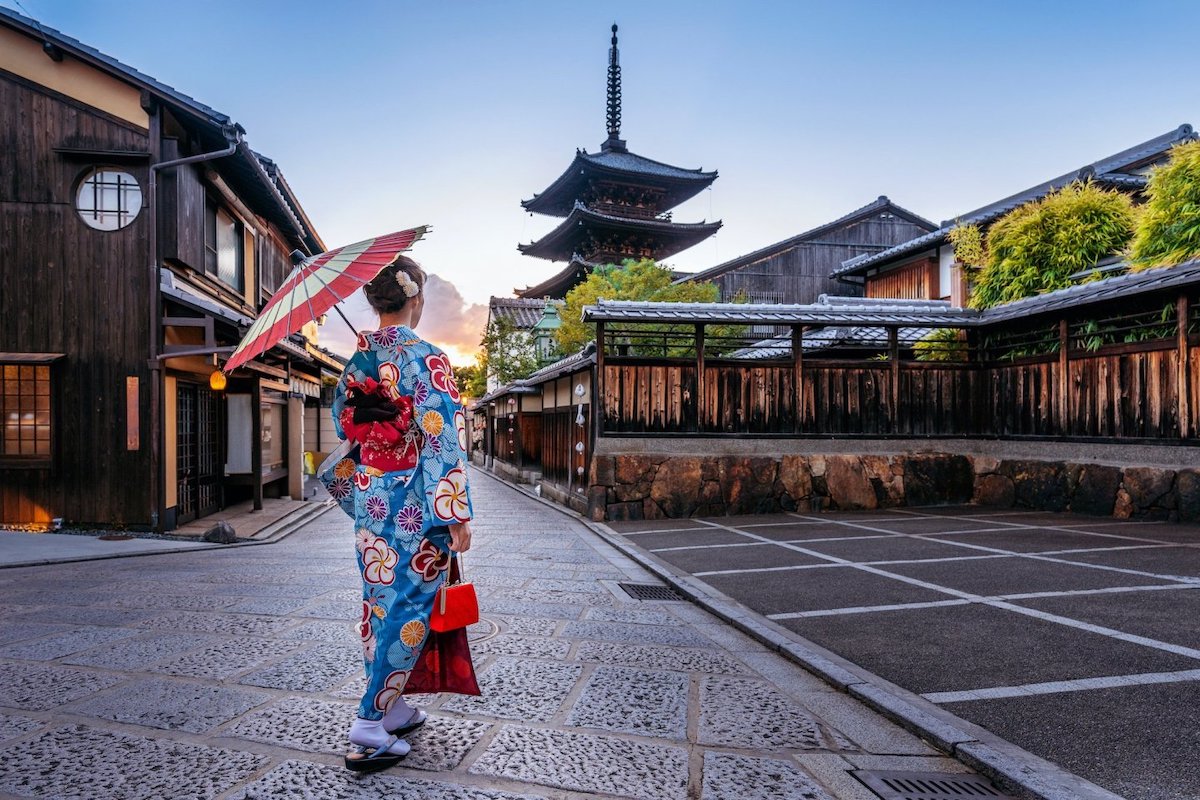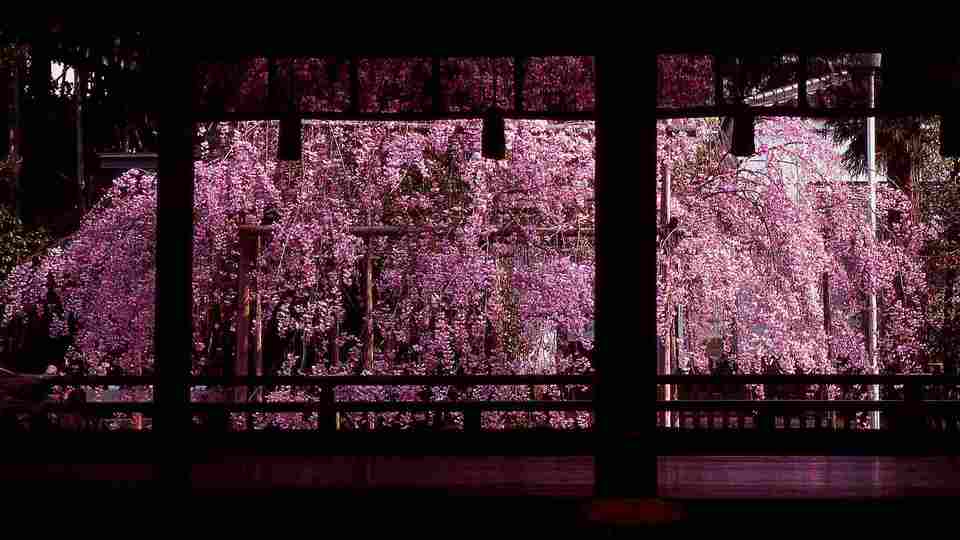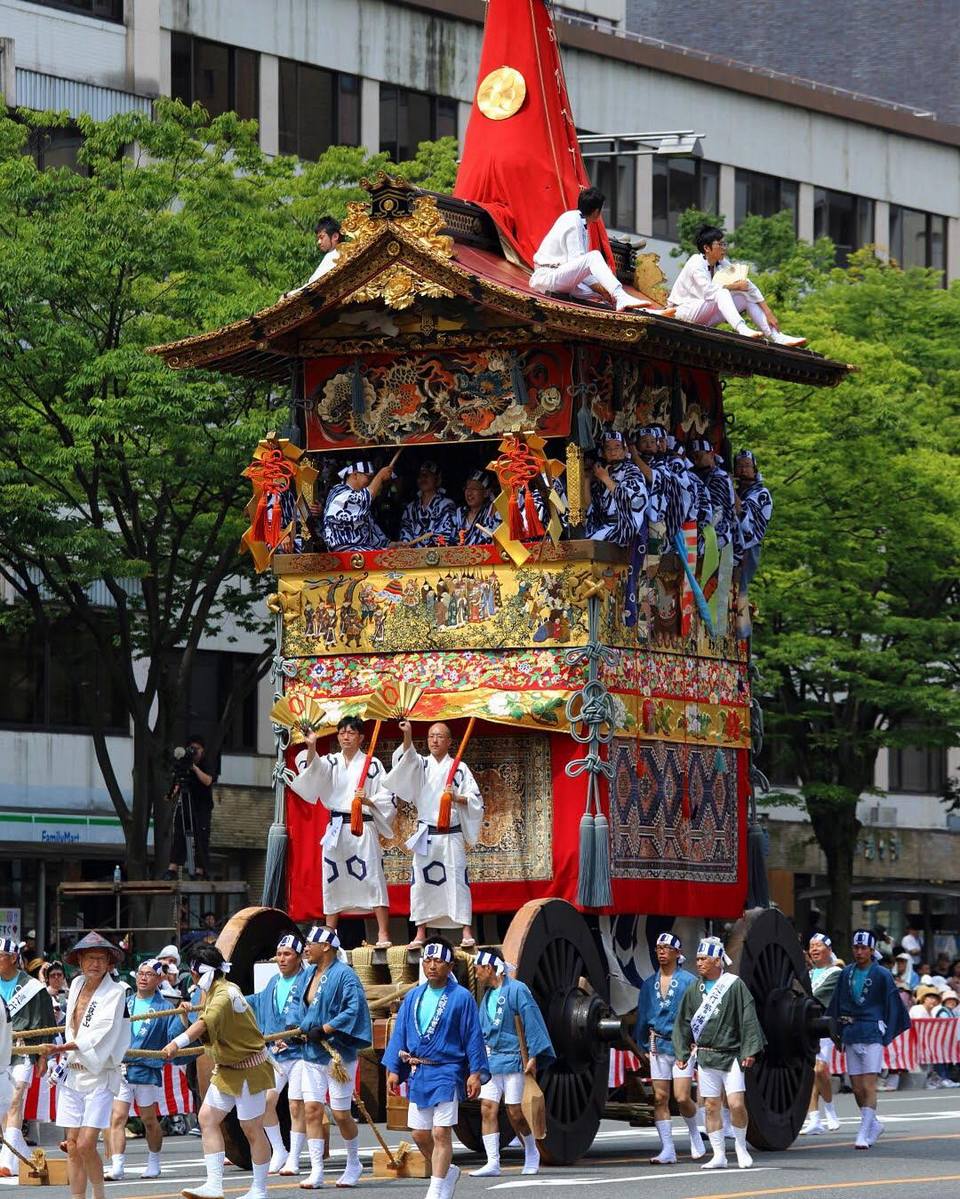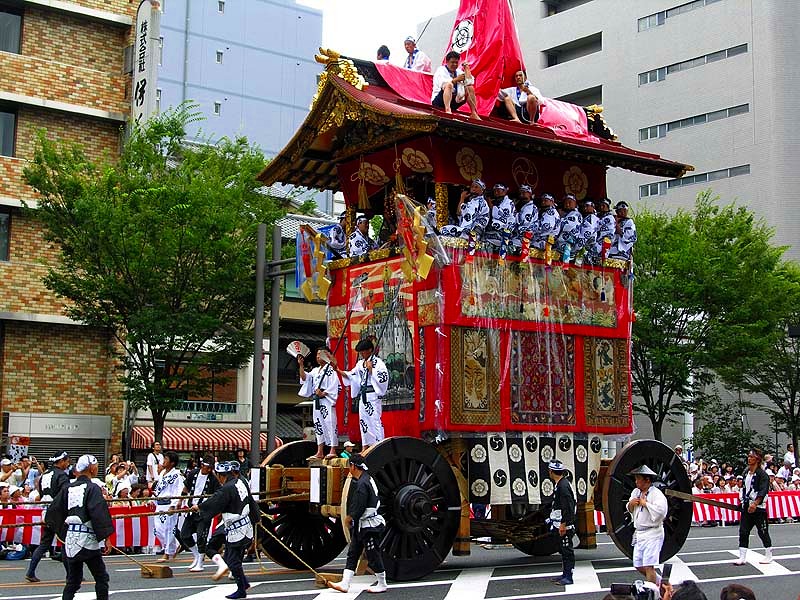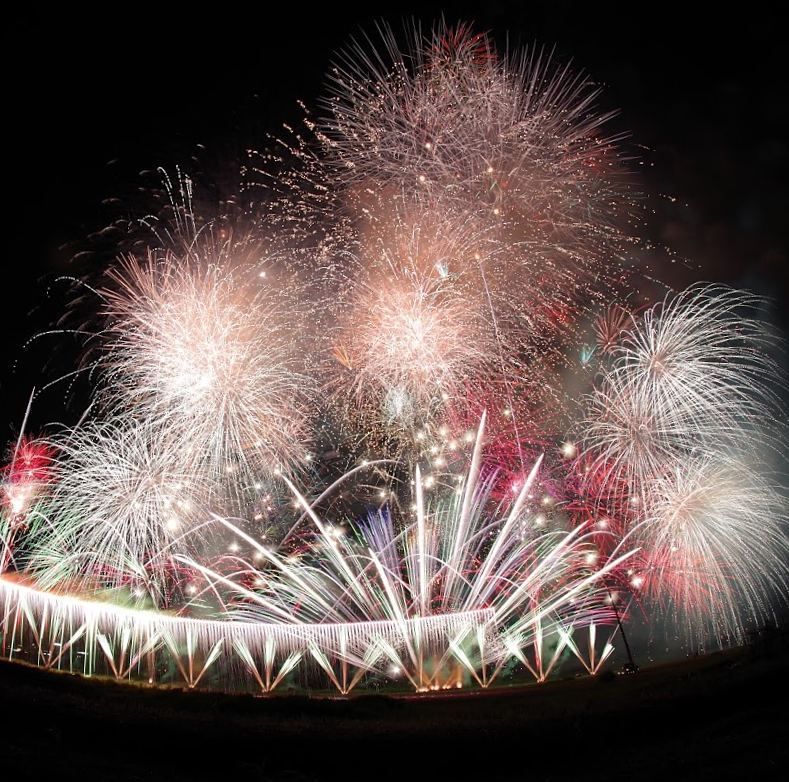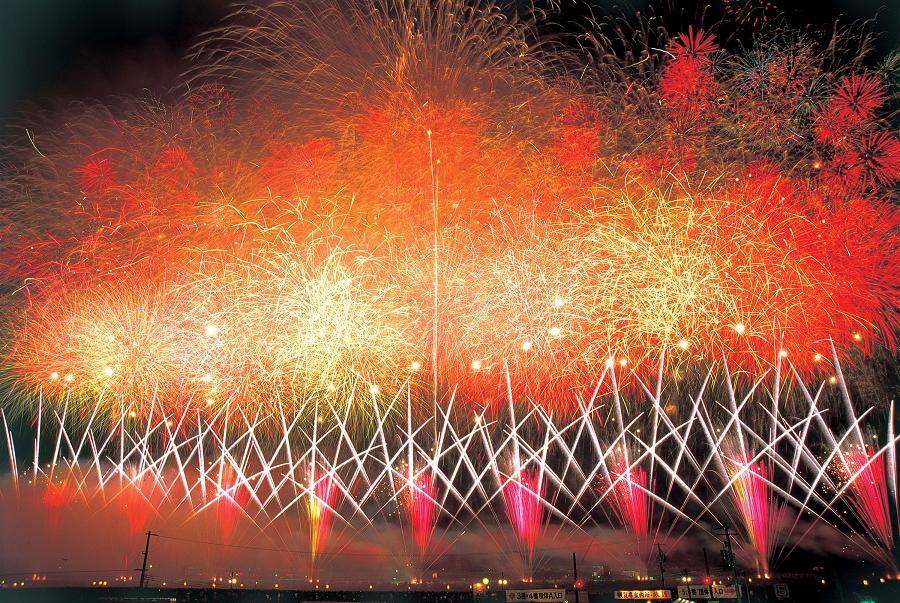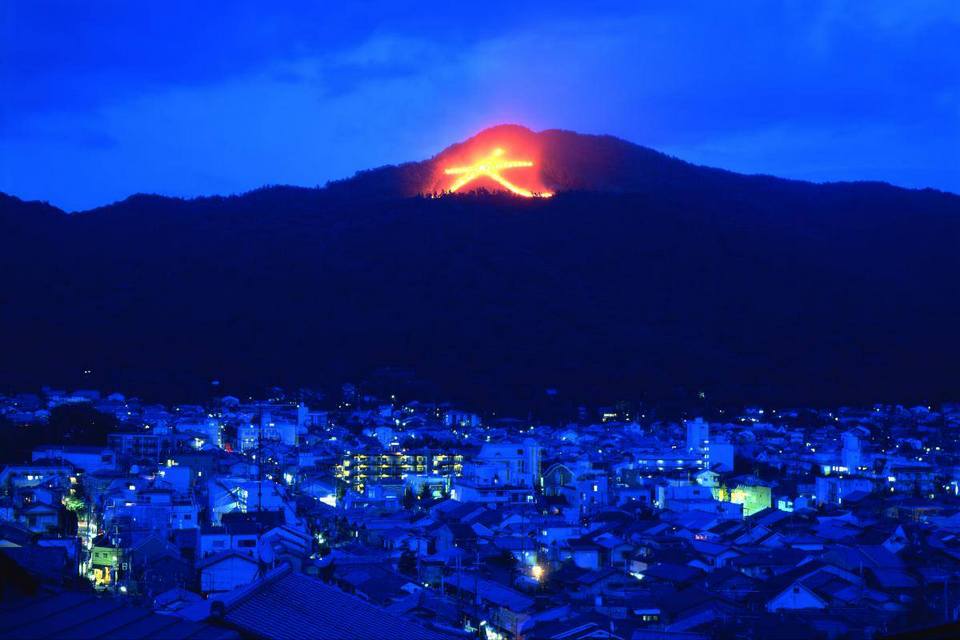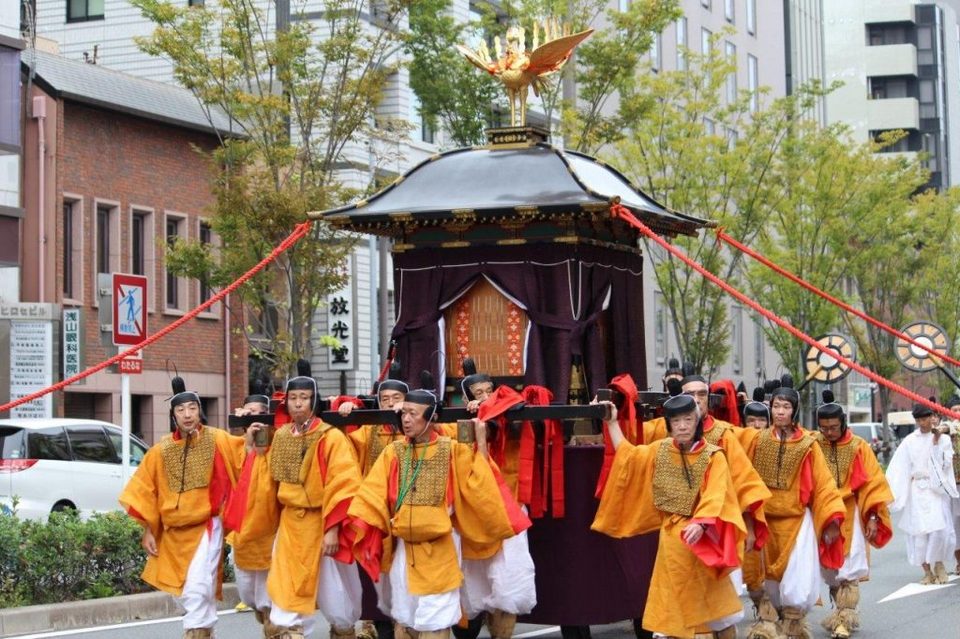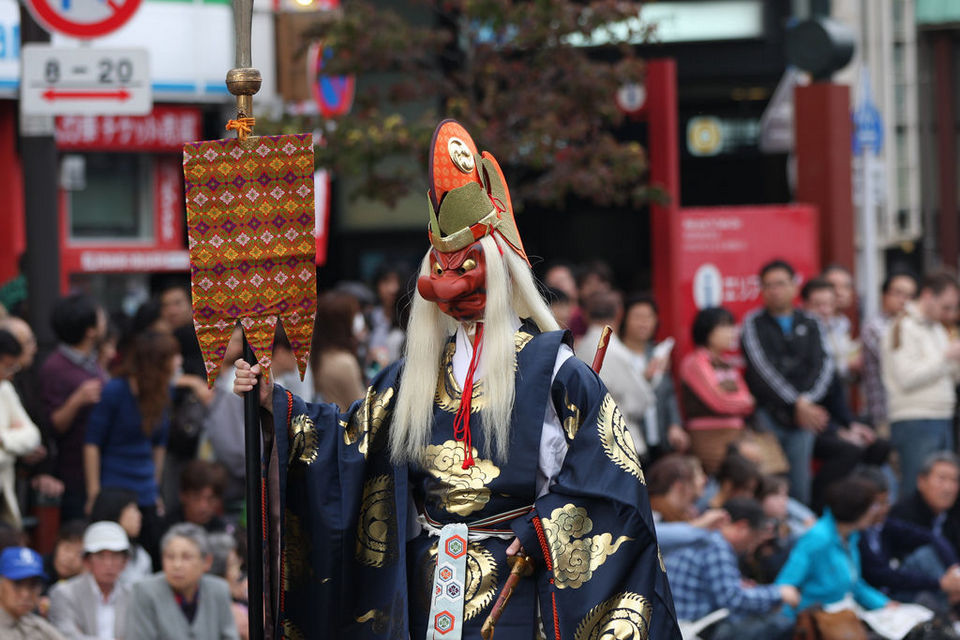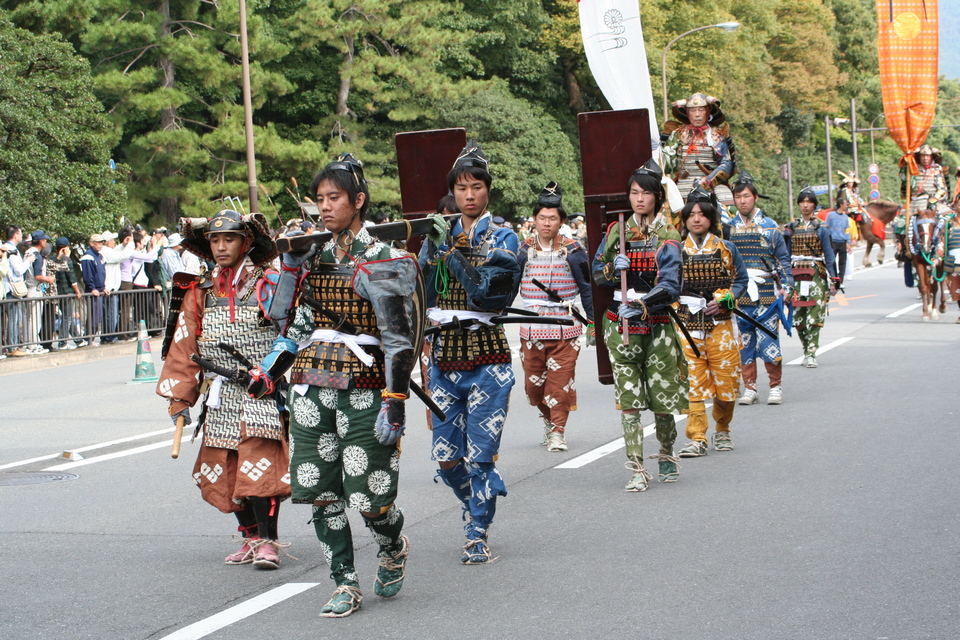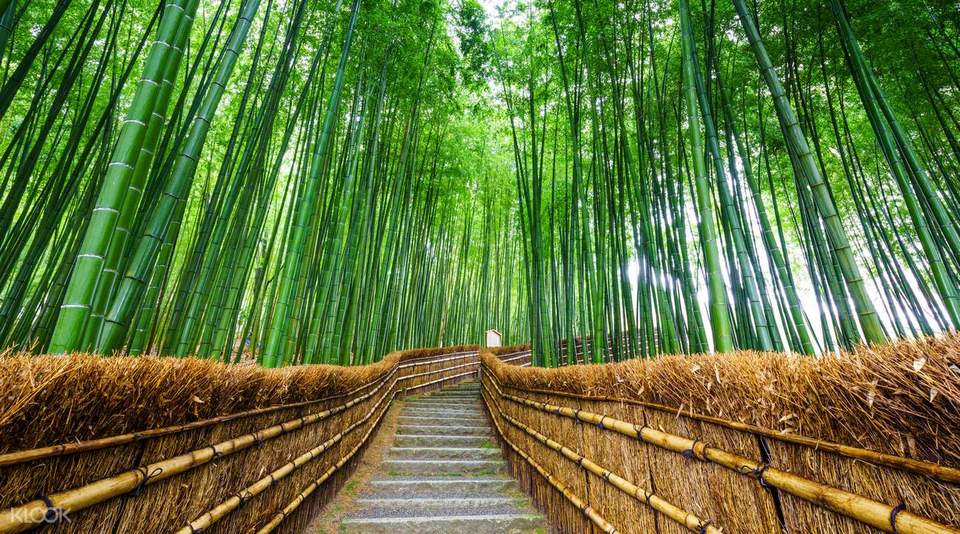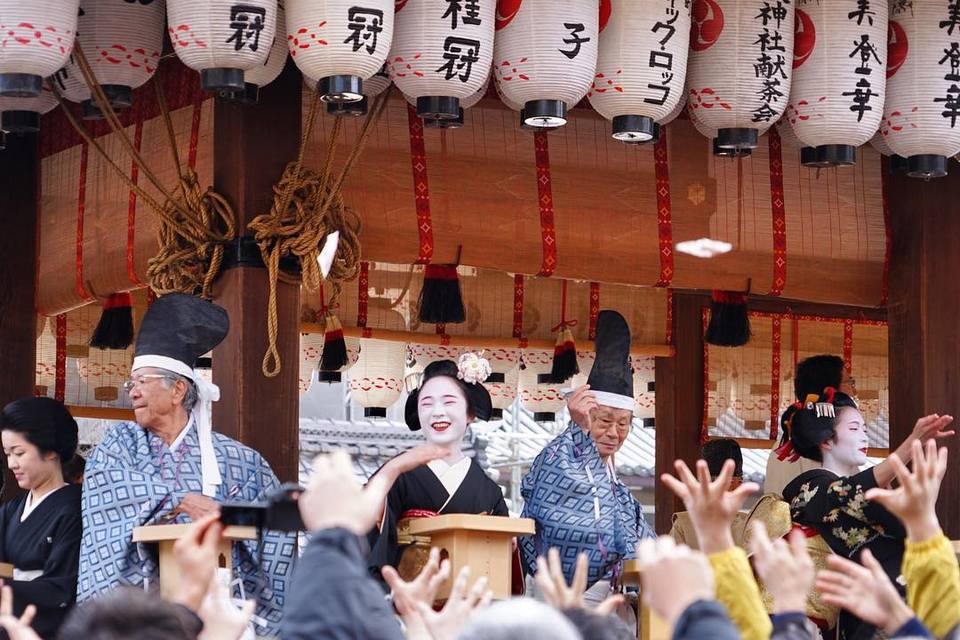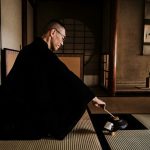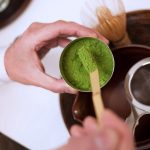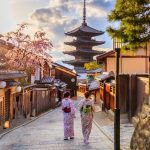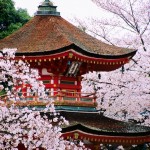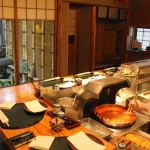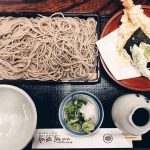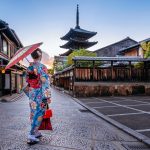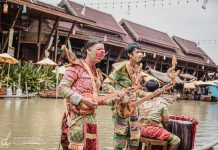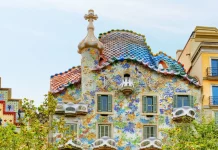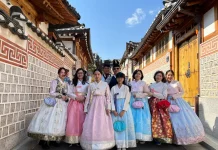In the ancient capital Kyoto, the traditional events and festivals have been passed down from generation to generation and have been celebrated for thousands of years. Because there are four seasons in Japan, every time you visit Kyoto city, you will have different impression and experience in mind here. Therefore, in this article, let’s explore Kyoto traditions with top 10 Japanese traditional events and festivals in Kyoto (Kyoto festival) you must see all year round from spring to winter with Living Nomads below.
- What are the values and traditions of Kyoto? — 9 most important Kyoto traditions & customs you should know
- Kyoto 3 day itinerary — How to visit Kyoto in 3 days & what to do in Kyoto in 3 days perfectly?
- Traveling from Tokyo to Kyoto — 4 fastest & cheapest ways on how to get to Kyoto from Tokyo
- Best Christmas holiday destinations — Top 7 best Christmas towns in the world
- Bangkok show — Top 8 best live shows in Bangkok you must-see
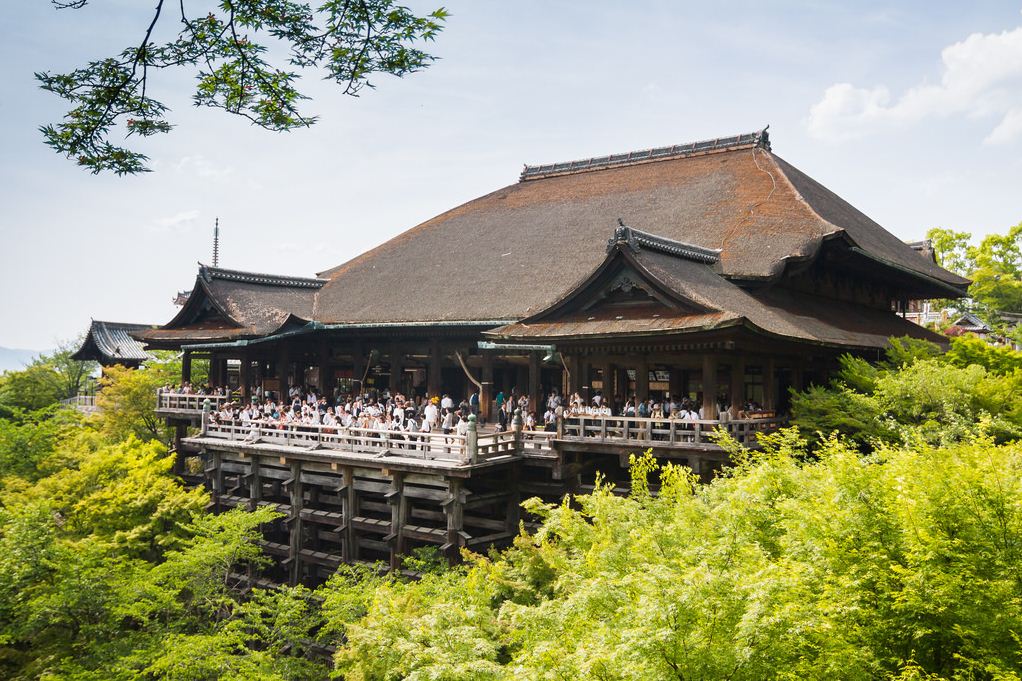

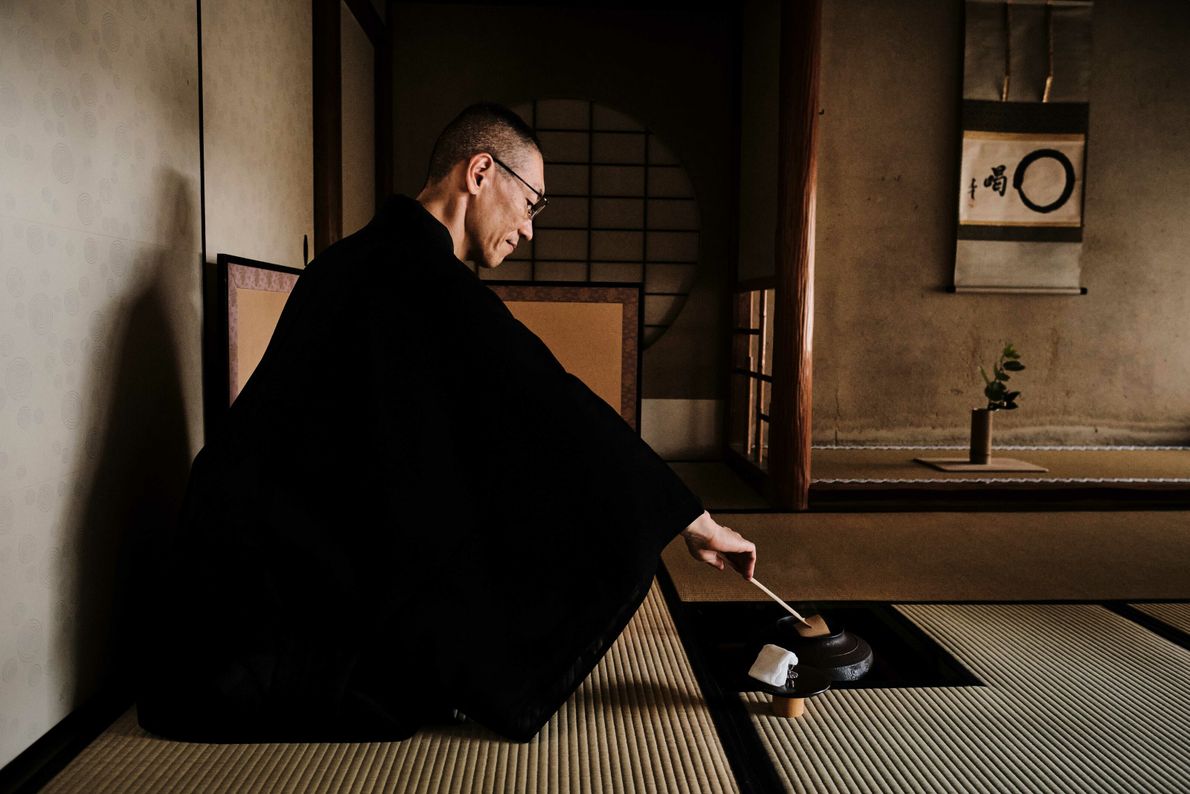
Kyoto spring festival
Ouka Festival
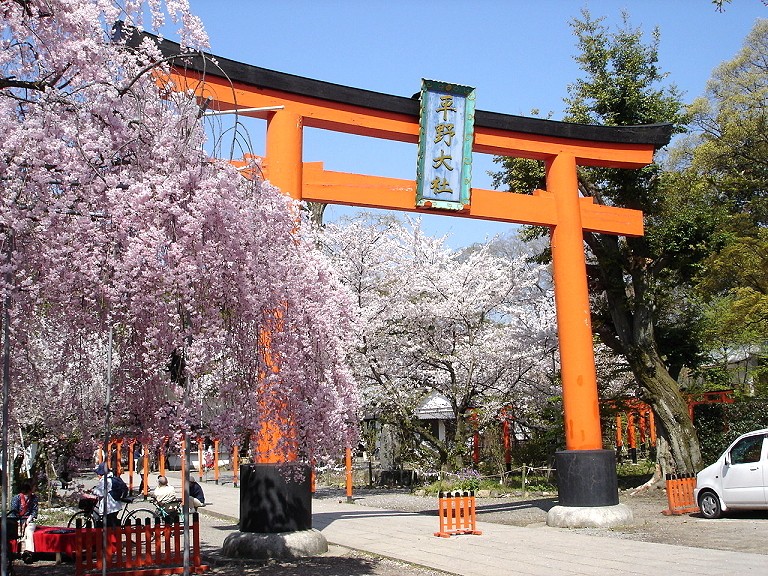
Hirano Shrine is the good spot where Ouka festival is held every year on April 10th. In the middle of the Heian period, the emperor Hanayama planted thousands of cherry trees surrounding the Hirano Shrine, which makes this place become a wonderful spot for viewing cherry blossoms in spring. Nowadays, there are about 400 cherry trees of 50 different species. During the Edo period, the shrine became famous as “Hirano-no Yozakura (Night cherry blossoms of Hirano)” all over the country.
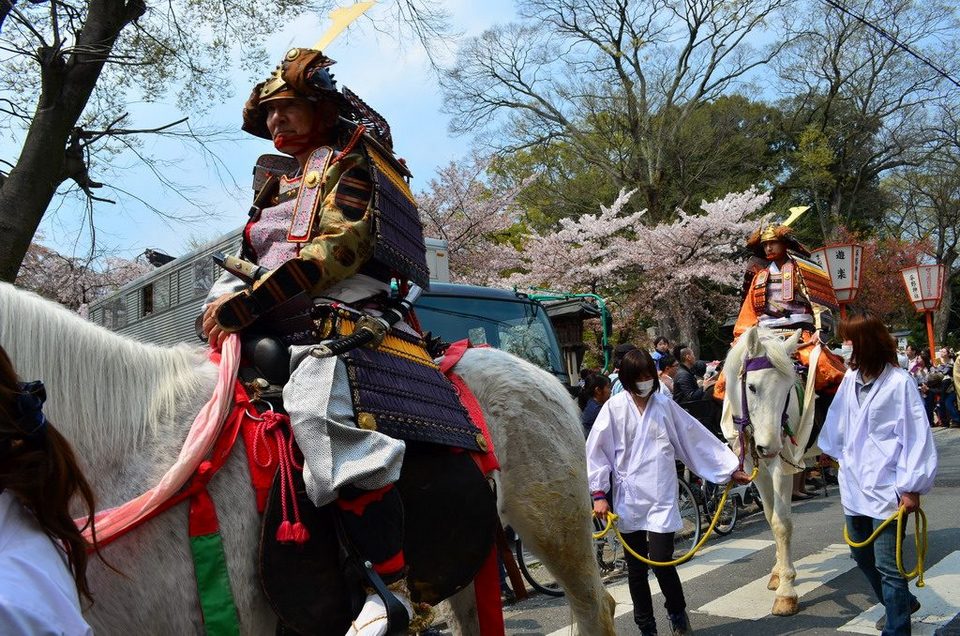
Period: April 10th
Access: Catch the Keifuku Railway Kitano Line, Get off at Kitano Hakubai Station and walk in 10 minutes to the north.
Address: 1, Hirano-Miyamoto-Cho, Kita-Ku, Kyoto-shi (Google Map)
Homepage: http://www.hiranojinja.com/home/english-page
Aoi Festival

Aoi Festival began in the Heian period when the Imperial Court of Kyoto was flourishing. The most outstanding feature of the festival is the parade with many people dressed in gorgeous aristocratic costumes. The festival is held on May 15th at Shimogamo and Kamigamo Shrines in Kyoto. It is a festival with a history starting from the first year of Konin period (810), and each different samurai period features a different attractiveness, which makes the festival become famous to attract foreign visitors. Especially, you should go to one of the world’s elegant traditional Japanese competitions. That is Yabusame Shinji (horseback archery festival), in which people compete with each other in their skills.
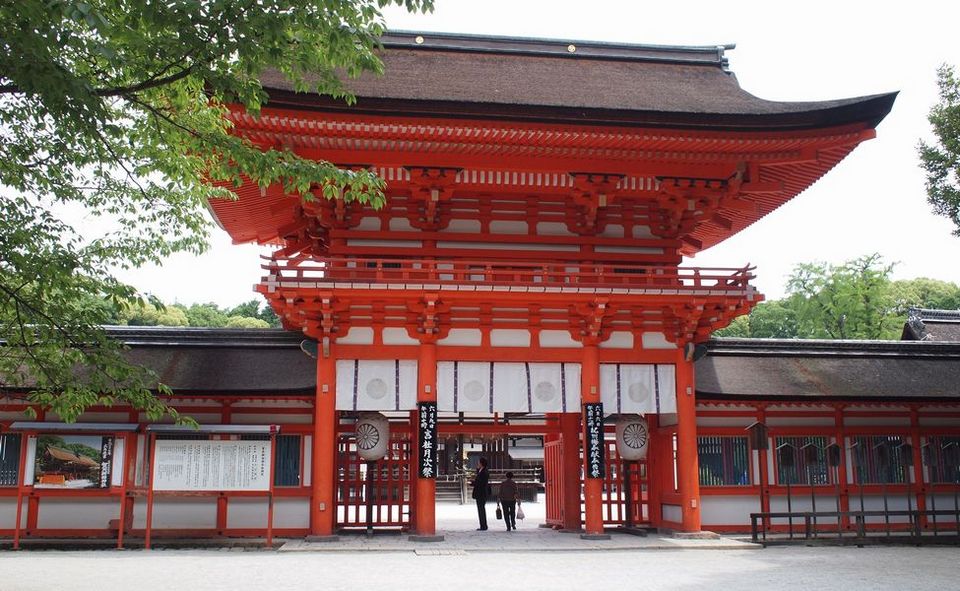
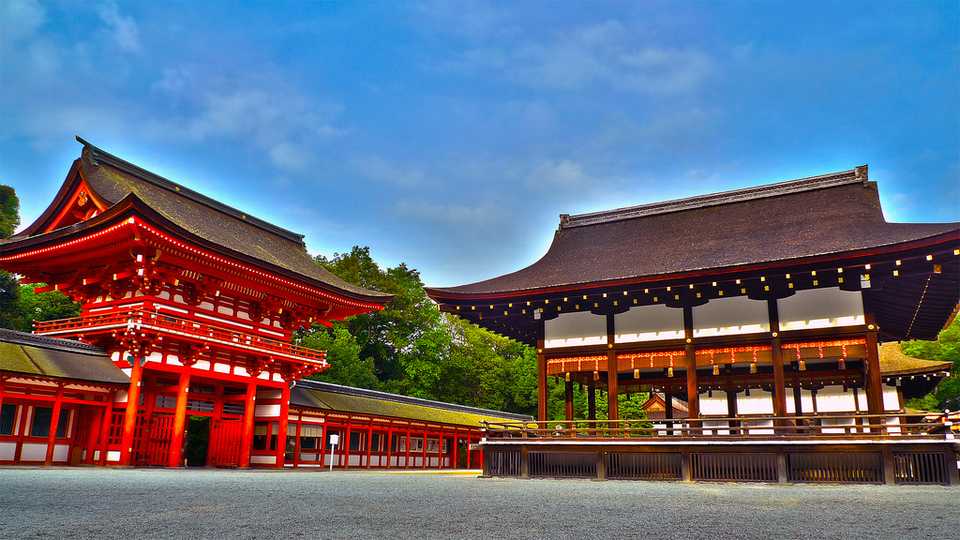
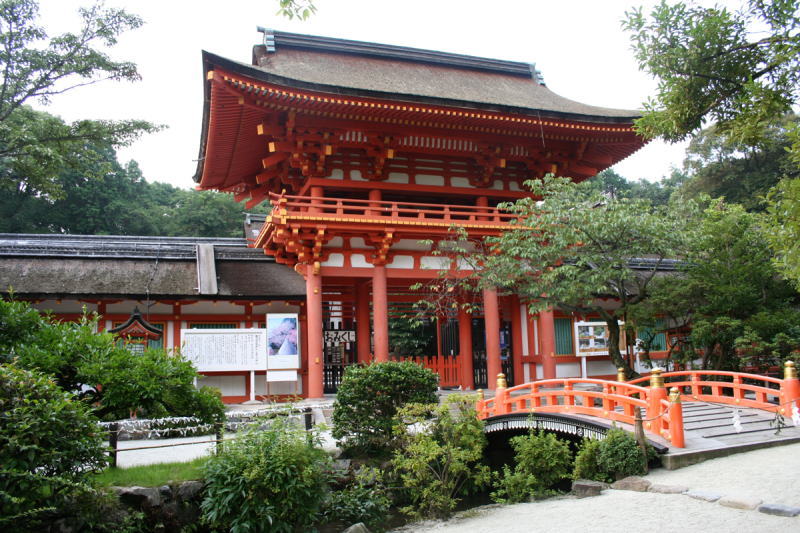
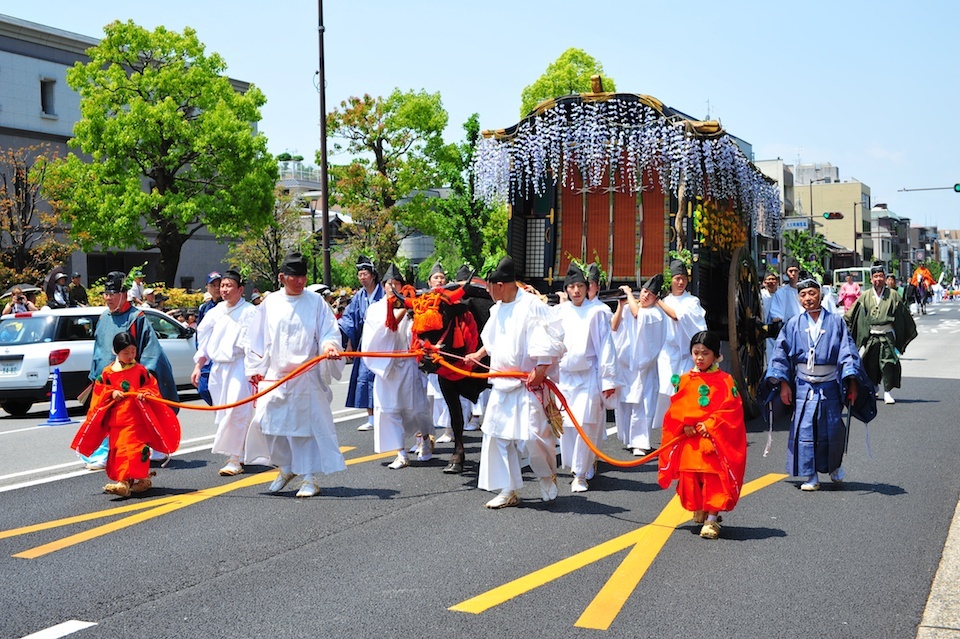
Period: May 15th
Access: Walk from Kyoto Imperial Palace and then through Shimogamo Shrine and Kamigamo Shrine
Address: 430, Aza-Ogaki, Miyazu-Shi, Kyoto (Google Map)
Homepage (Aoi Festival Route): https://www.kyokanko.or.jp/aoi/junkou.html
Homepage (Kamigamo Shrine): http://www.kamigamojinja.jp/english/index.html
Homepage (Shimogamo Shrine): http://www.shimogamo-jinja.or.jp/
Kyoto summer festival
Gion Festival
Visit Yasaka Shrine in GionGion Festival is a traditional festival which has continued since the 9th century at Yasaka Shrine. The festival is held for a whole month and is known as a festival for Kyoto citizens. Among several events, “Yoiyama,” a parade of 23 decorated floats is especially interesting. At the center of Kyoto, the palanquins called “Yamahoko” are pulled by the citizens through Shijo Street, which makes the street blocked. Moreover, there are also a lot of stores in the area, which allows you to enjoy the food of Japanese festival.
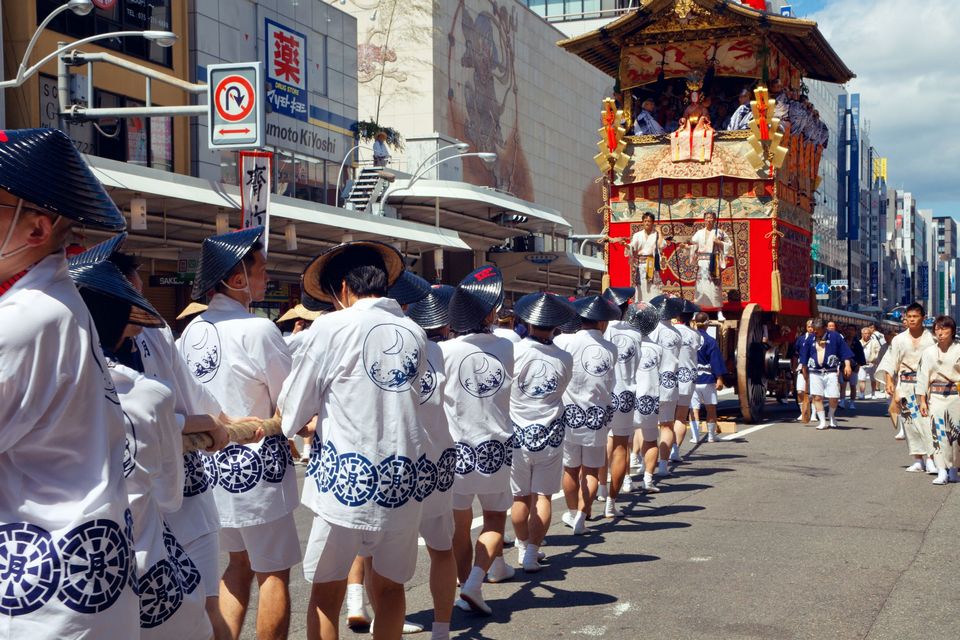
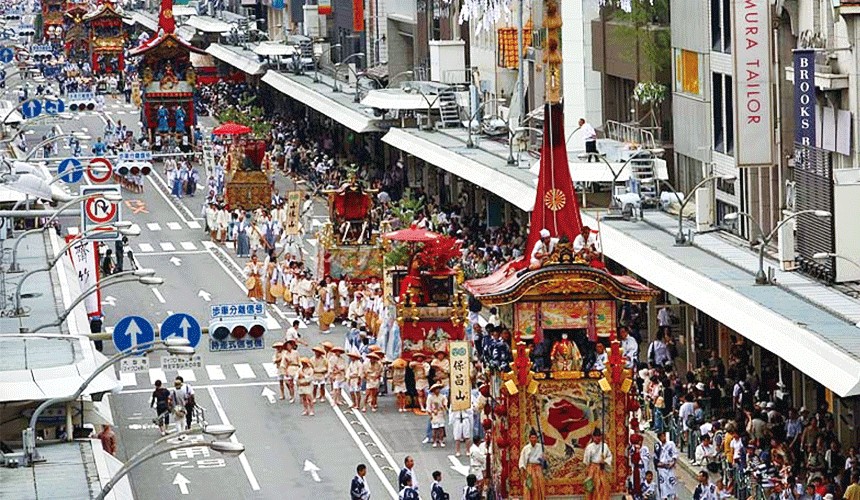
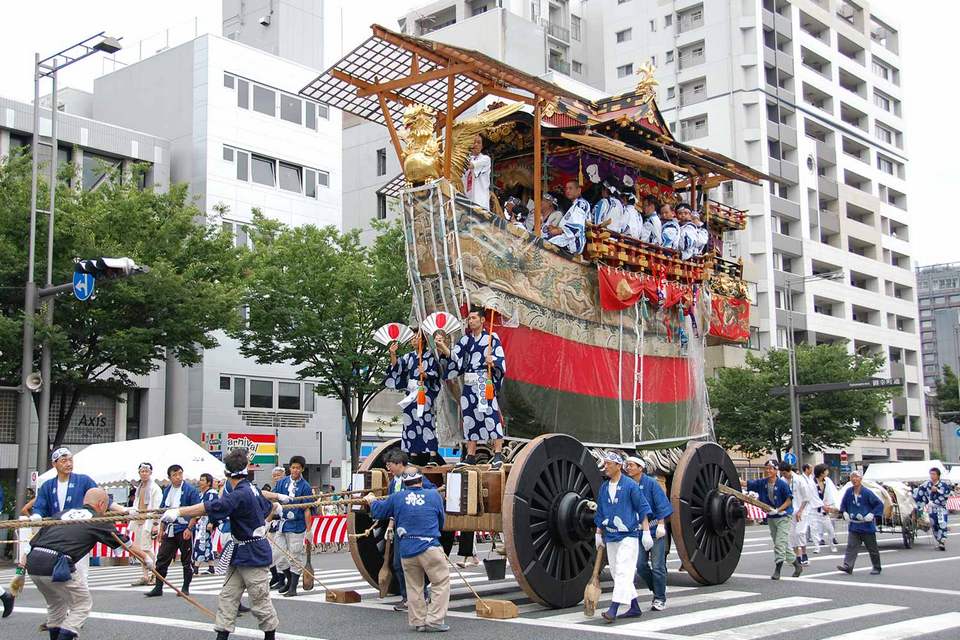
Period: July (On the 15th and 16th, you can take part in Yamahoko Parade and visit the stores around Shijo Area. On the 17th, Yamahoko Parade starts at 9:00)
Access: Around Shijo Kawaramachi Station (by Subway or Hankyu Train)
Homepage (Kyoto City Tourist Association ): https://www.kyokanko.or.jp/gion/
Homepage (Yasaka Shrine): http://www.yasaka-jinja.or.jp/en/
Fireworks Show
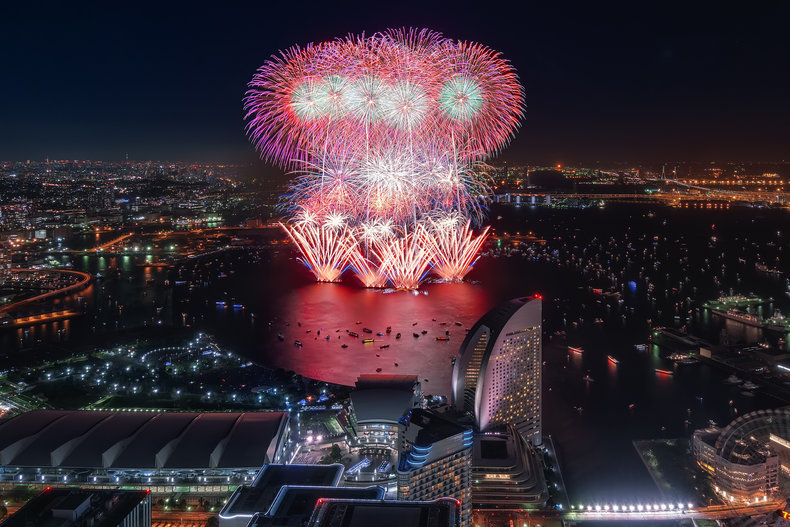
Fireworks show is a big summer event, which is often seen in Japanese films and anime. There used to be a lot of firework events in Kyoto ago, but now many of them are not held temporarily. Now you can experience the summer tradition of Japan. Thus, we introduce fireworks at Biwa Lake in Shiga Prefecture. It just takes about 10 minutes from Kyoto by JR train. Let’s hit the road in order not to miss any interesting events.
In addition, Biwa Lake is the largest and the most beautiful lake in Japan. Why don’t you visit it because it has a good access from Kyoto?

Period: August 8th (If it falls in Saturday or Sunday, the event may be held on another day.)
Time: 19:30-20:30
Access: From Kyoto, get on a JR train, get off at Otsu Station, and walk in 10 minutes.
Area: Coast of Lake Biwa (Google Map)
Homepage: http://www.biwako-visitors.jp/hanabi/
Gozan no Okuribi festival
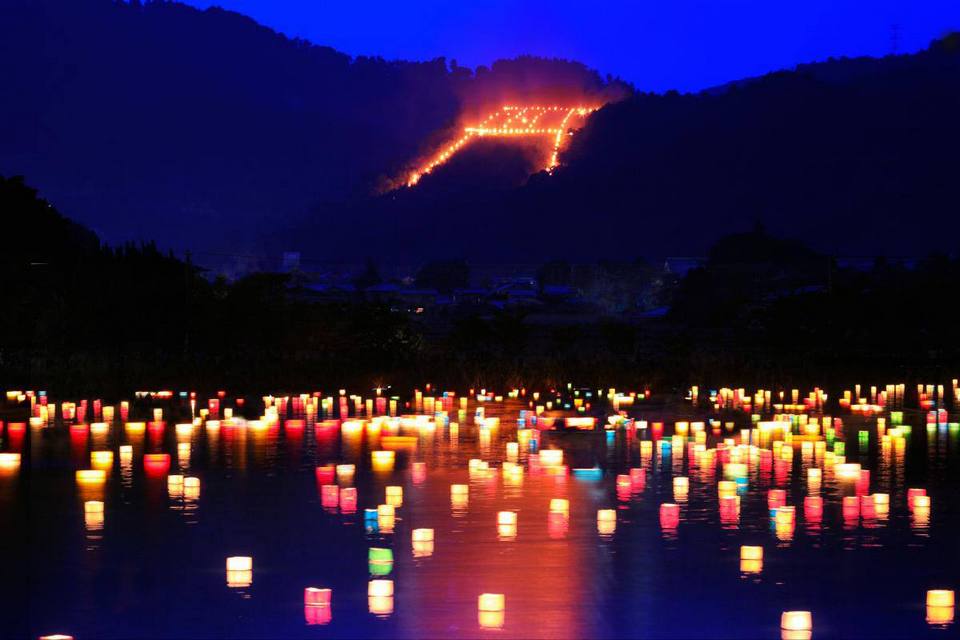
The Okuribi is an event held for Buddhism people at Mt. Daimonji and other mountains in Kyoto on August 16 every year. On this occasion, at five temples in Kyoto, Japanese people often burn the letter-shape things that help to farewell the spirits of the dead into the heaven after visiting their family. It is a summer traditional event which is familiar to citizens in Kyoto.
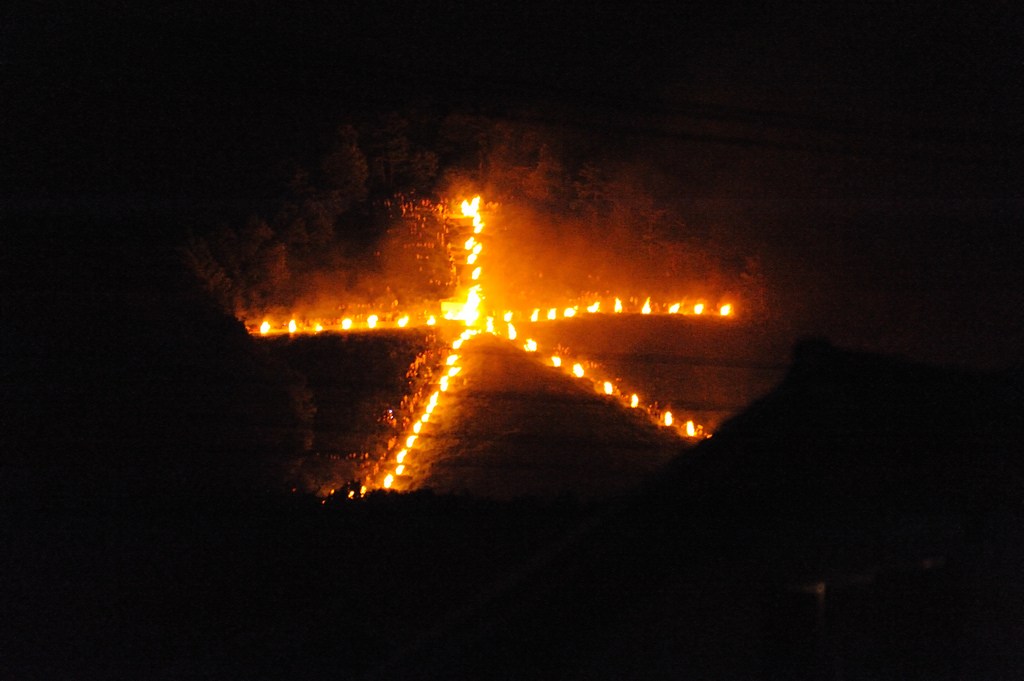
Period: August 16th, Make a fire at 20:00
Area: Several places in Kyoto city
Homepage: https://www.kyokanko.or.jp/okuribi/
Homepage (Map): https://www.kyokanko.or.jp/okuribi/image/okuribi_map1405.gif
Kyoto autumn festival
Jidai Festival
Jidai Festival is one of the most recommended festivals in Kyoto. The festival includes a parade telling a history story of Kyoto. This festival originates from the dominated era of the aristocracy through the dominated era of samurai to the era of Meiji Restoration. When coming here, you will have an opportunity to see all beautiful costumes and performance of different periods.
Period: October 22nd and the Parade starts at 12:00.
Access: From Kyoto Imperial Palace to Heian Shrine
Address: [Heian Shrine] Okazaki-Nishi-Tennocho, Sakyo-Ku, Kyoto-shi city (Google Map)
Address: [Kyoto Imperial Palace] 3, Kyoto-Gyoen, Kamigyo-Ku, Kyoto-shi, Kyoto (Google Map)
Homepage [Heian Shrine]: http://www.heianjingu.or.jp/index.html
Arashiyama Momiji Festival
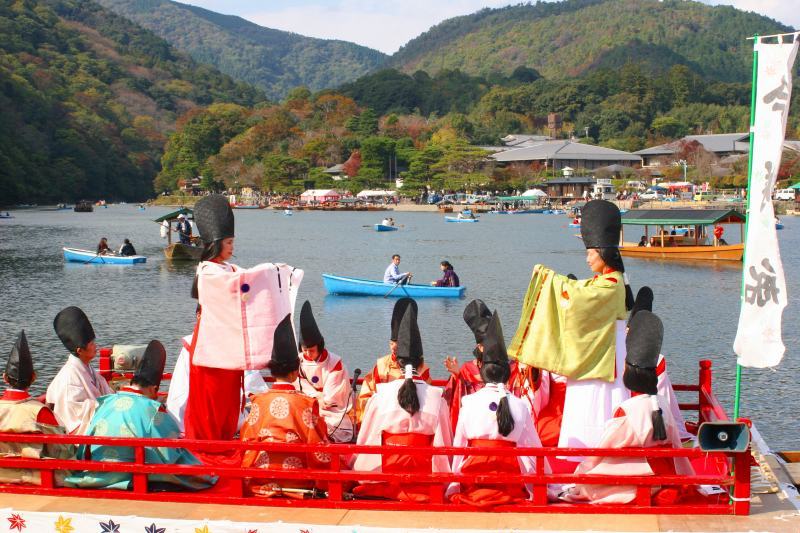
Arashiyama Momiji Festival is held at Arashiyama in November. It is a festival recuring the boat trip of noble lineage-belonged characters in the Heian period. Although the area is a little far from the center of Kyoto, nature is extremely beautiful and gracious. How about visiting the Tenryuji church – a world’s famous heritage site?
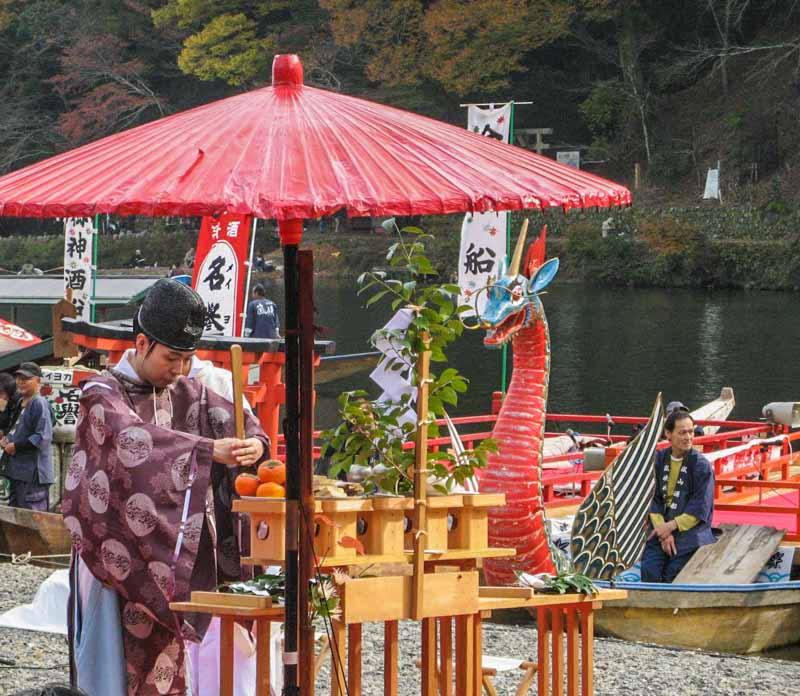

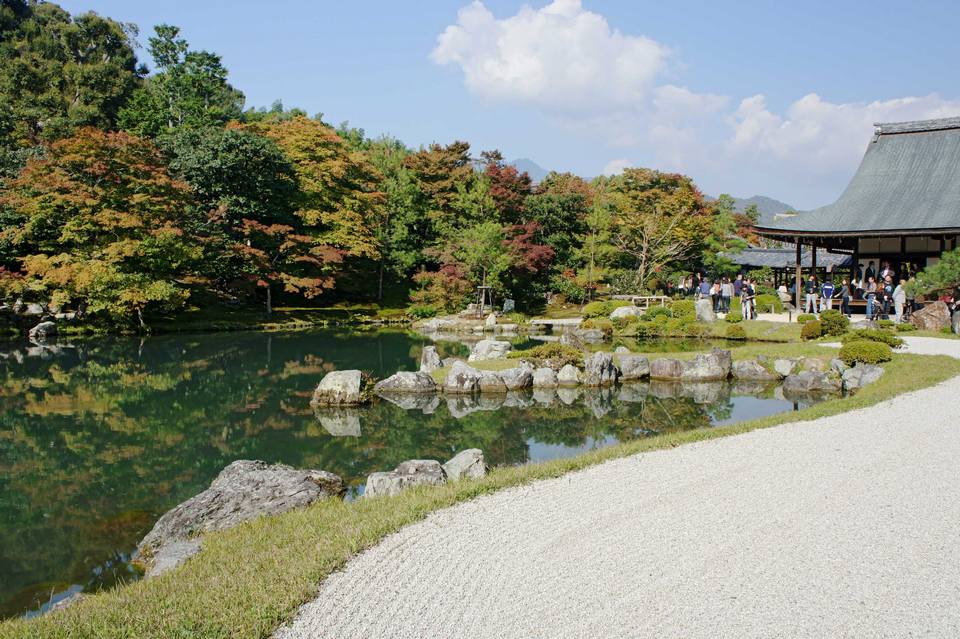
Period: the second Sunday of November
Access: surrounding Togetsukyo Bridge, near Arashiyama Station (by JR/Keihan Railway)
Address: 68, Susukino-baba-Cho, Saga-Tenryuji, Ukyo-Ku, Kyoto-shi, Kyoto (Google Map)
Homepage: http://www.tenryuji.com/en/
Kyoto winter festival
Hatsumode to Fushimi Inari Shrine
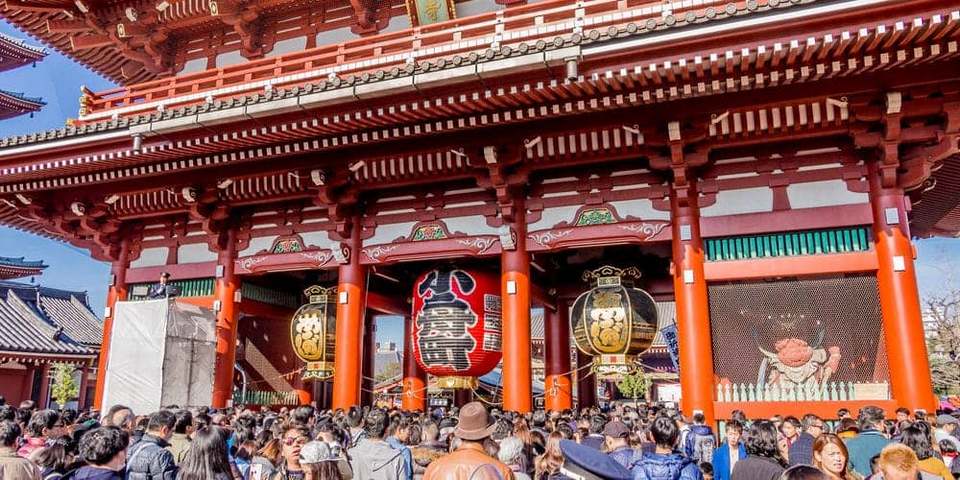
Religion and belief have become a lifestyle and it is integrated into their daily life of the Japanese for a long time. It is believed that Japan has many kinds of gods from ancient times. On January 1st, the Japanese often perform Hatsumode activities, also known as early temple visits. Therefore, people often go to the temples on the New Year’s Eve, ring a bell to pray, and visit shrines on the New Year’s day. This is done very naturally and it is very interesting.
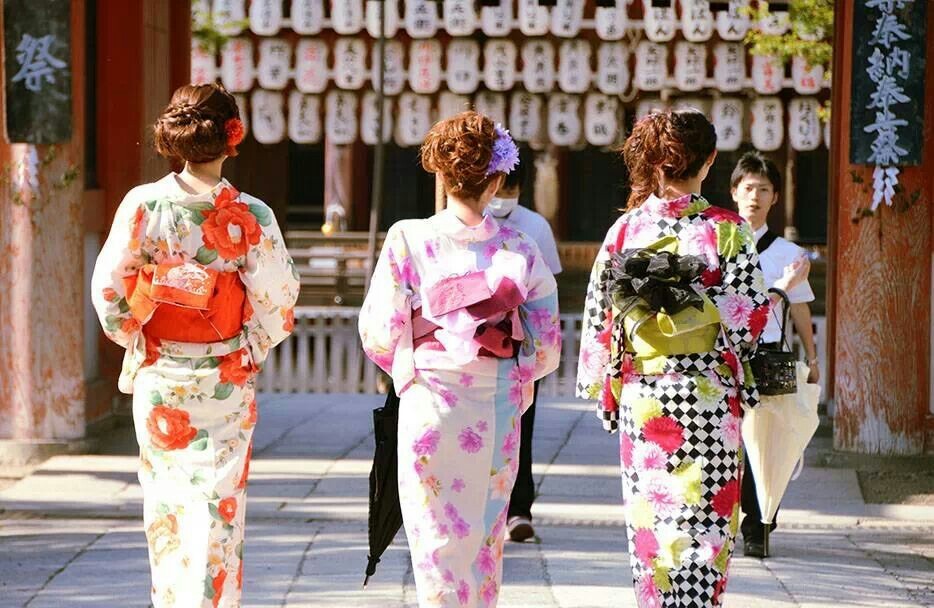
You can also see many women wearing gorgeous kimono. There are a lot of stalls in Hatsumode fair, so you can enjoy B-grade dishes such as takoyaki (a kind of baked cake from flour with octopus dumpling), yakitori (grilled chicken skewer) and yakisoba (fried noodle).
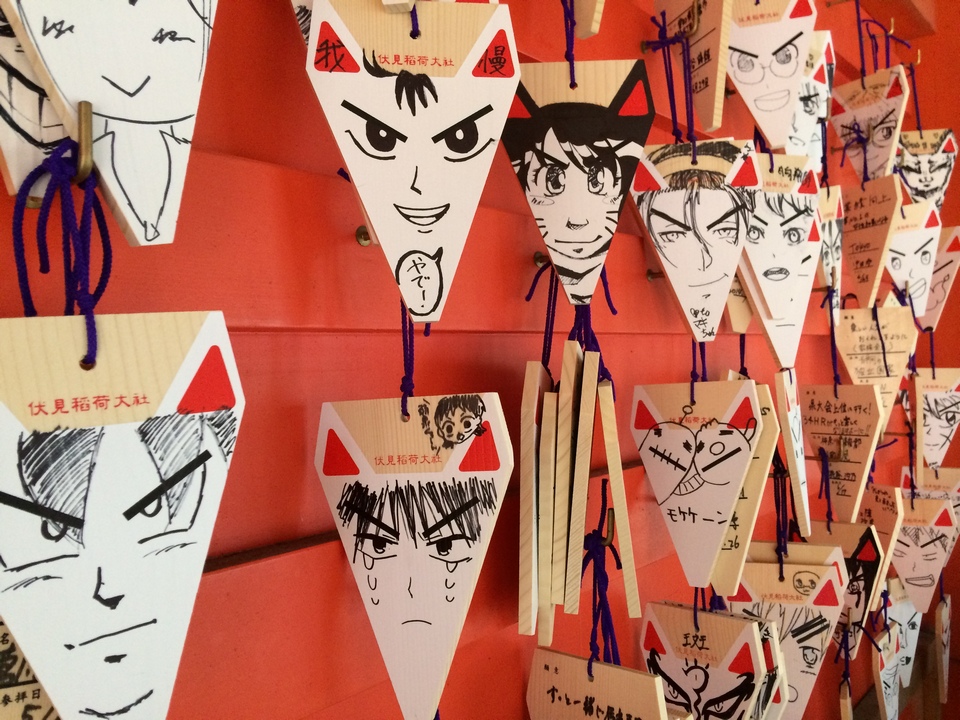
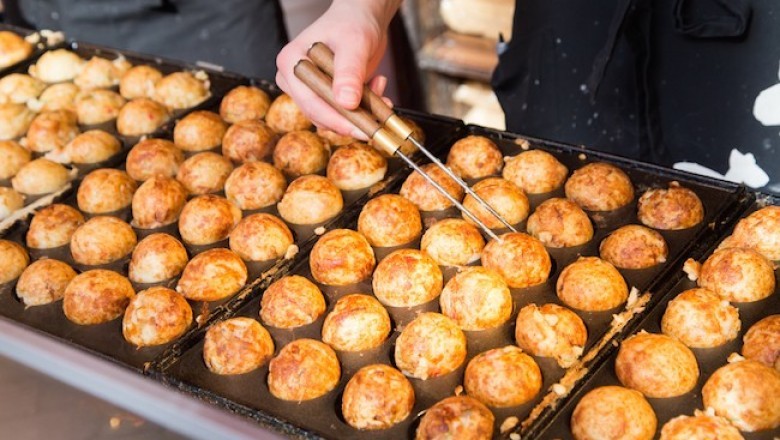
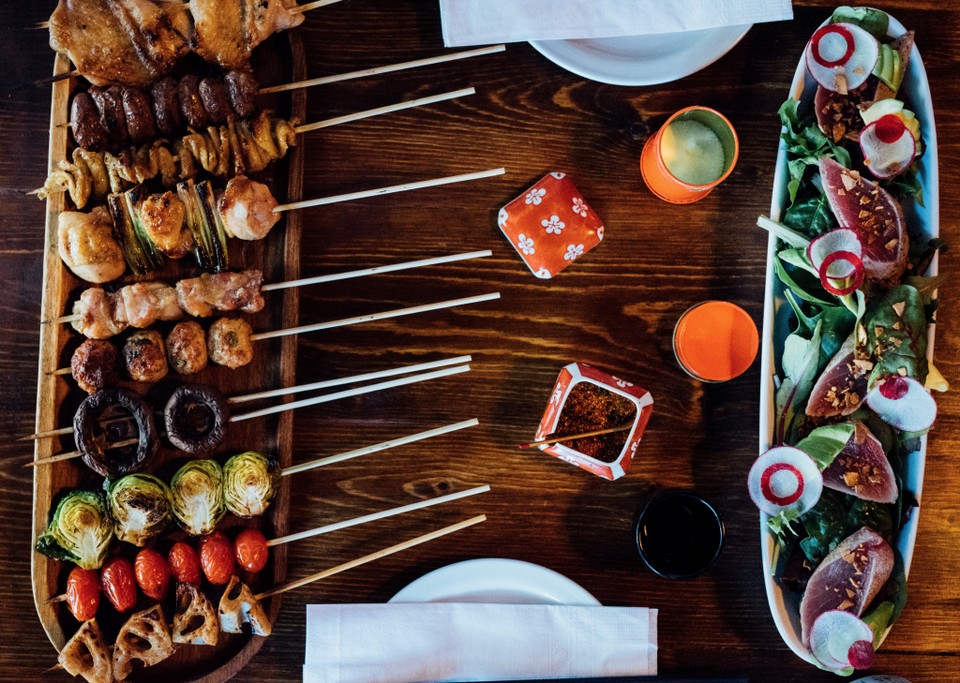
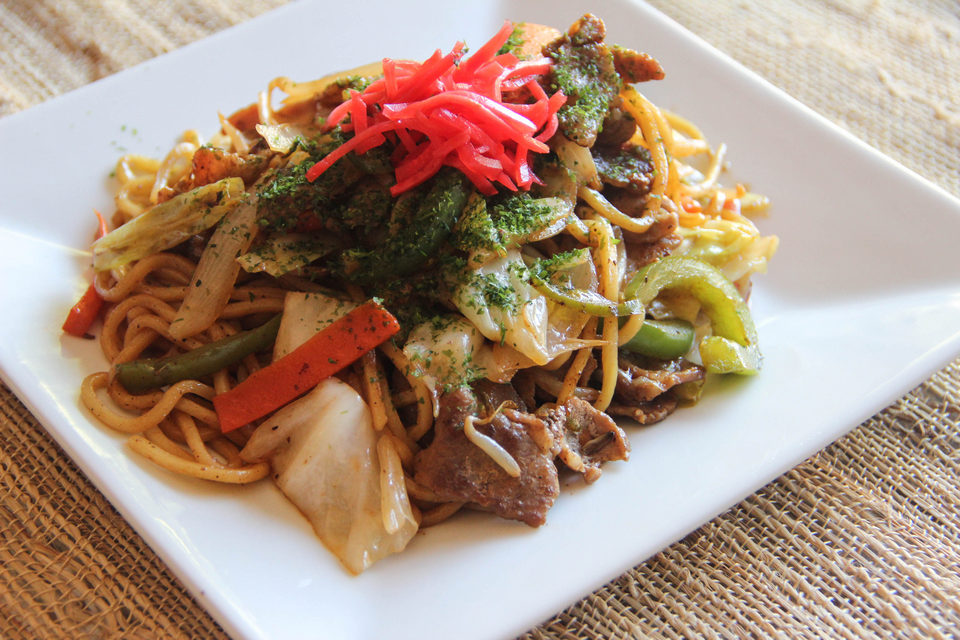
Period of Hatsumode: on January 1st -3rd
Access: get off at Inari Station on JR Nara Line (5 minutes from Kyoto)
Address: 68, Fukakusa-Yabunouchi-Cho, Fushimi-Ku, Kyoto-shi city, Kyoto (Google Map)
Homepage: http://inari.jp/access/
Kemari Hajime
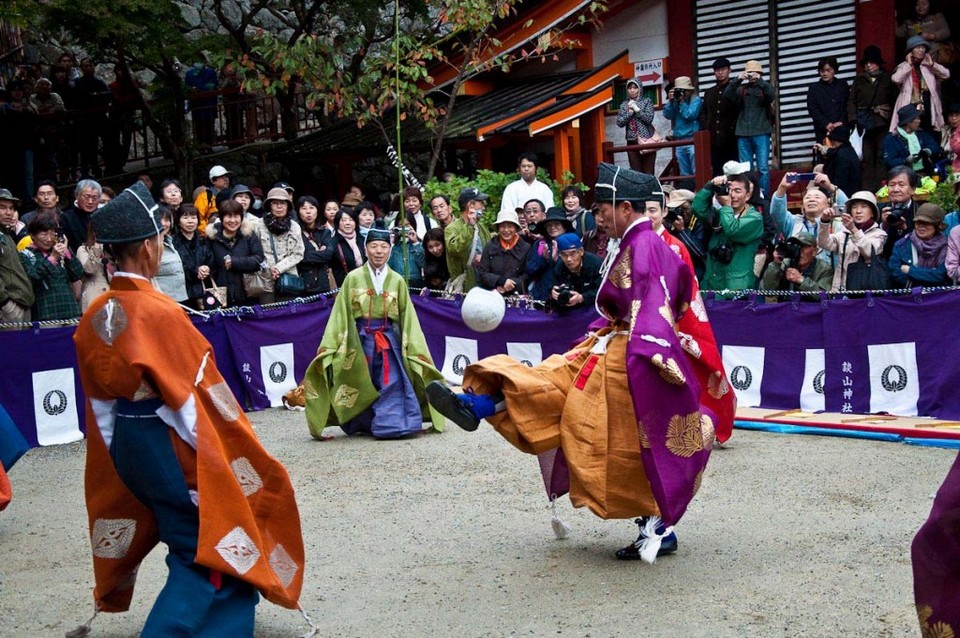
Held in Shimogamo Shrine in Kyoto on January 4th, Kemari Hajime festival simulates “Kemari” – an elegant sport played from the court of the Heian period. Briefly speaking, “Kemari” is similar to an ancient football. It seems to be a competition at first glance, actually, it is carried out based on a traditional etiquette. Those who take part in are going to wear the colorful costumes of government officials and play in the atmosphere of unique shouts and cheering.
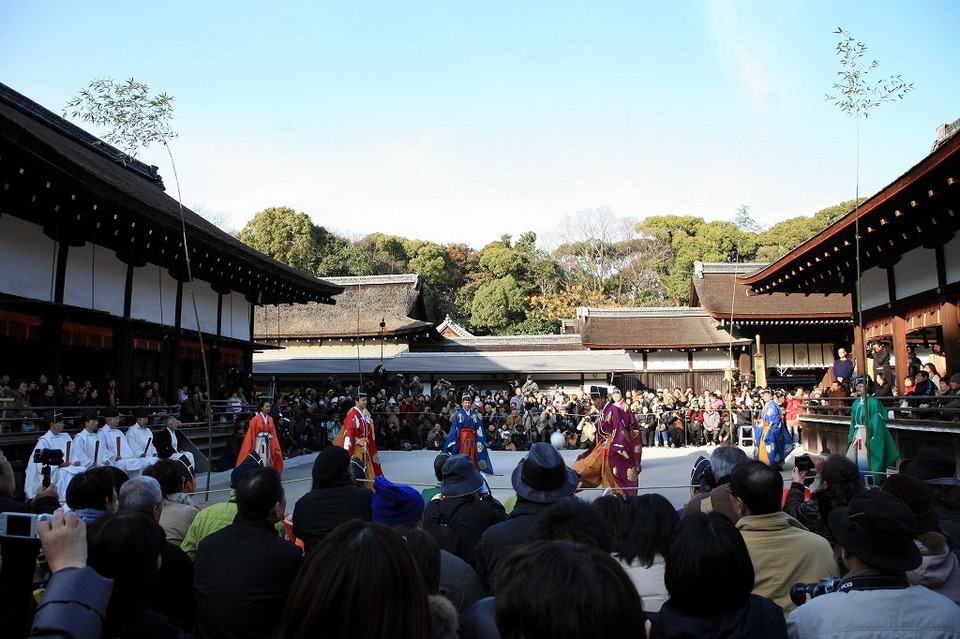
Period: January 4th
Address: 59, Shimogamo-Izumigawa-Cho, Sakyo-Ku, Kyoto-shi city, Kyoto (Google Map)
Homepage: http://www.shimogamo-jinja.or.jp/
Setsubun Festival: Maiko’s Mamemaki
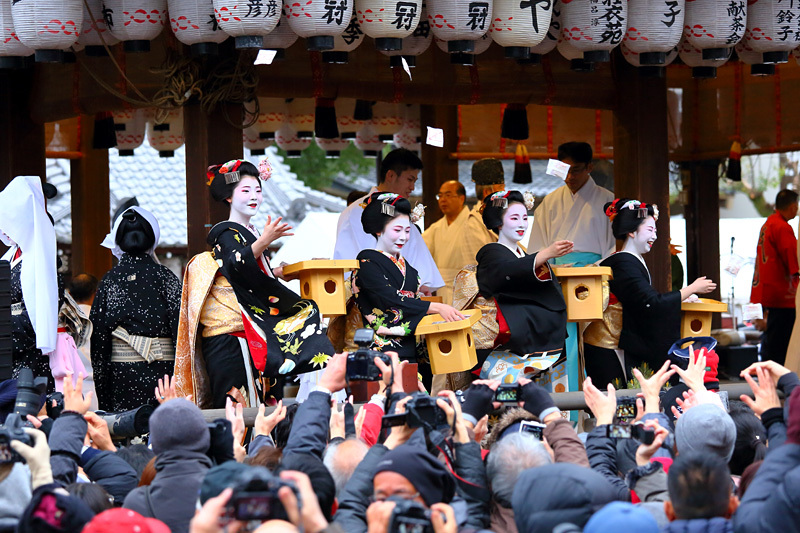
Finally, Setsubun is a Japanese traditional event held on February 3rd every year. On this day, people would scatter beans with the wish of the good health at many homes. The festival also has the presence of Maiko (Japanese female dancers) who will wear the gorgeous kimono and throw beans into precincts by gardens of Yasaka Shrine. This is a good chance to see Maiko, who can rarely be seen in other places rather than Gion-Cho.
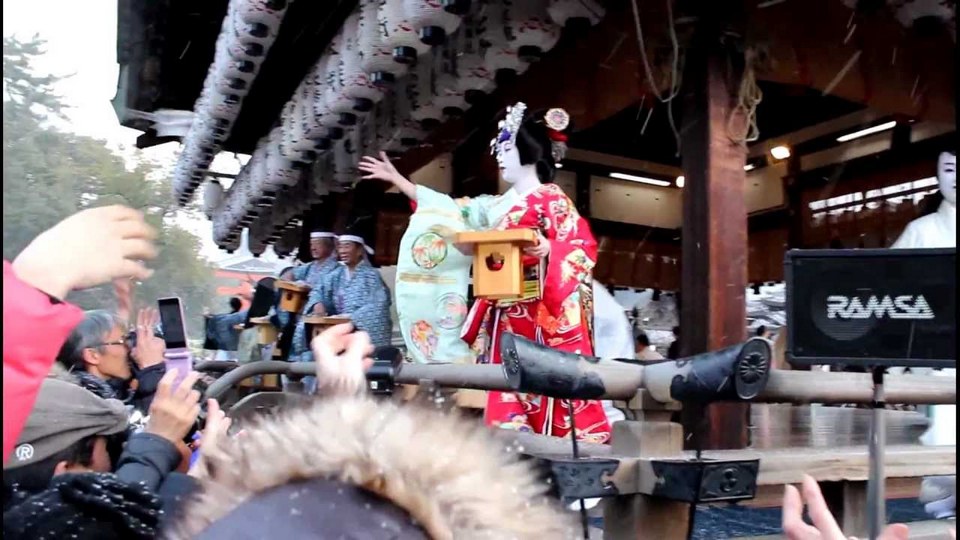
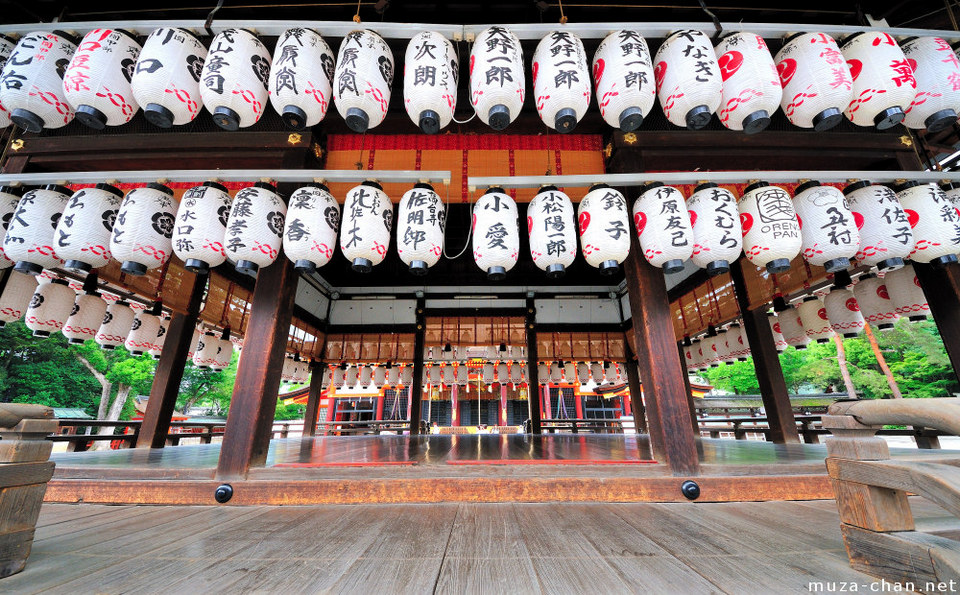
Period: February 2nd
Access: 5 minutes to walk from Shijo-Kawaramachi Station
Address: 625, Kitagawa, Gion-Cho, Higashiyama-Ku, Kyoto-shi city, Kyoto (Google Map)
Homepage: http://www.yasaka-jinja.or.jp/en/
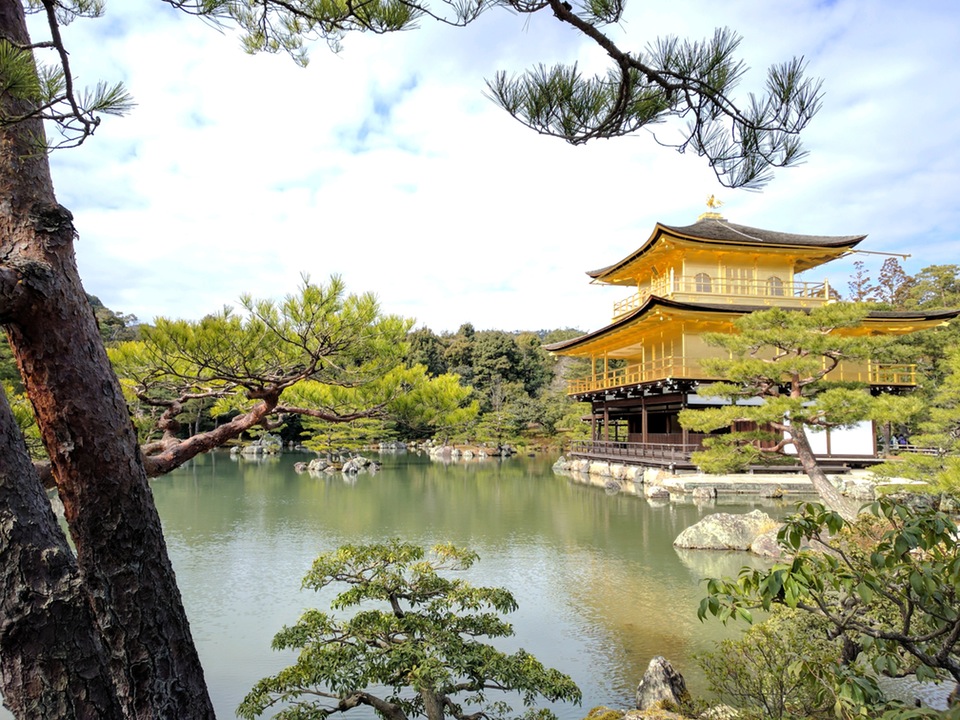
According to the assessment on US travel magazine “Travel+Leisure,” this year, Kyoto became one of the cities on the 1st rank in the world people should visit. When you come to Japan, you must experience these above traditional events in the ancient capital Kyoto. We are sure that you will have the most wonderful moments in Kyoto.
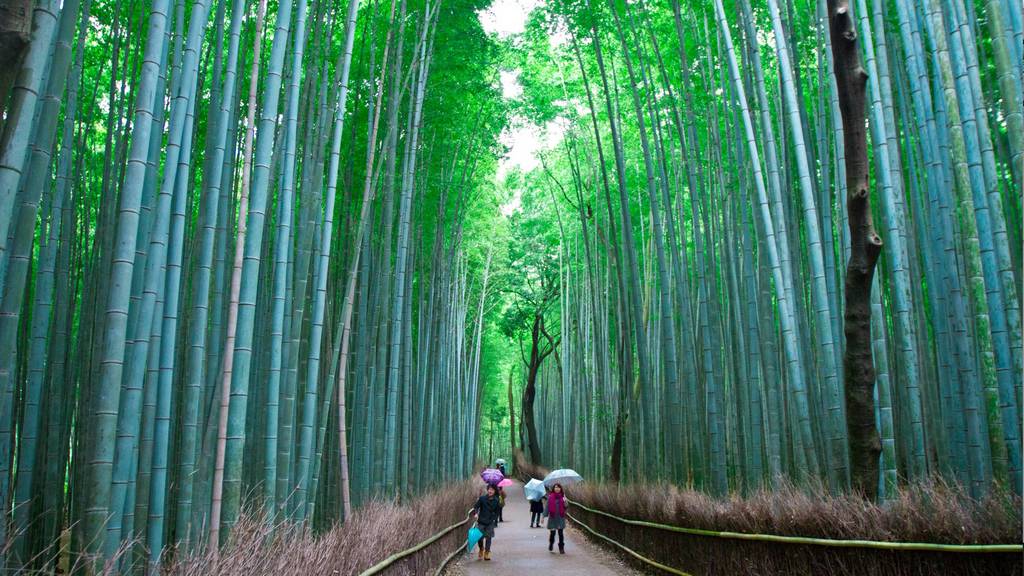
Some best day tours, trips, activities and transfer services, tickets in, to and from Kyoto you can refer to
- Private Kansai International Airport Transfers (KIX) for Kyoto
- Limousine Bus Transfers between Kansai International Airport (KIX) and Osaka or Kyoto
- Shared Night Bus Transfers from Kyoto to Tokyo
- Private Kansai Airport (KIX) Transfers to Osaka, Kyoto, Nara, Uji, Kobe, or Arima
- Kyoto-Osaka Sightseeing Pass (1 Day/2 Days, Kyoto Pick Up)
- Kyoto-Osaka Sightseeing Pass 1 Day/2 Days (Pick up at Osaka)
- Randen + Subway 1 Day Pass
- Kyoto Temples & Shrines Day Tour from Osaka: Fushimi Inari-taisha, Arashiyama, Kiyomizu-dera & More
- Kyoto Perfect Day Tour from Osaka or Kyoto: Kiyomizu-dera, Fushimi Inari-taisha, Arashiyama & More
- Kyoto and Nara Day Tour from Osaka/Kyoto
- Kyoto Afternoon Tour from Osaka
- Hankyu Tourist Pass
- Kyoto and Nara Day Tour from Osaka/Kyoto
- Sagano Romantic Train One-Way Ticket (Saga or Kameoka Departure)
- Kimono Rental and Photoshoot in Kyoto by Ouka Kimono
- Kyoto Sagano Romantic Train Day Tour
- Kyoto Temples & Shrines Day Tour from Kyoto: Fushimi Inari-taisha, Arashiyama, Kiyomizu-dera & More
- Amanohashidate & Miyama One Day Tour from Osaka/Kyoto
- JR Kansai-Hiroshima Area Pass
- Kimono Rental in Kyoto Kiyomizu Temple
- One Day Kimono Rental
- Kyoto Temples & Shrines Day Tour from Osaka
- Kimono and Yukata Rental at Kimono Miyabi Kyoto
- 4G Prepaid Sim Card (JP Airports Pick Up) for Japan
- 4G WiFi (Japan Pick Up) for Japan
- JR Pass for Whole Japan (7, 14, or 21 Days)

Are you finding more top things to do in Kyoto: Tours, activities, attractions and other things? Let’s check it out at here. And read more: Kyoto blog (Kyoto travel blog) — The fullest Kyoto travel guide blog for a budget trip to Kyoto, Japan for the first-timers. And Kyoto 3 day itinerary — How to visit Kyoto in 3 days & what to do in Kyoto in 3 days perfectly?

































